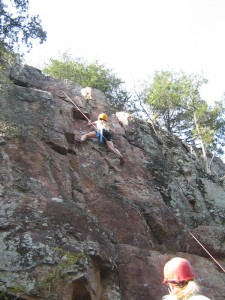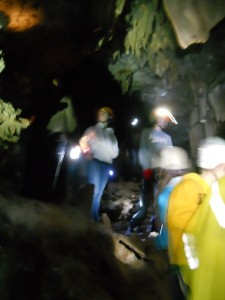William Sieghart does a wonderful question and answer in his Poetry Pharmacy in the Guardian, where he recommends poetry to salve his questioners existential (and not so existential) needs.
For example:
Hi William,
Do you have any poems that clear up a hangover or diarrhoea (preferably both)?
Sounds like you have been living life to the full! Why not congratulate yourself on the good times you enjoyed yesterday rather than being miserable about your today’s predicament? Dryden’s Happy the Man is a good bet:
Not Heaven itself upon the past has power,
But what has been, has been, and I have had my hour.
Another:
It’s a restriction insisted upon by my tenancy – I’m not allowed to keep a dog. I need a poem to help fill the gap left by the absence of a faithful hirsute canine companion. Dr Sieghart, what do you suggest?
Dr Sieghart’s remedy:
I prescribe some of the most famous words in English – ‘You’ll Never Walk Alone’ by Oscar Hammerstein II. The great consoling line of the title comes after the pain of isolation:Walk on, through the wind
Walk on, through the rain
Though your dreams be tossed and blownWalk on, walk on, with hope in your heart
And you’ll never walk alone
You’ll never walk alone.



